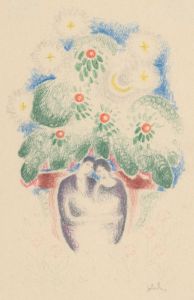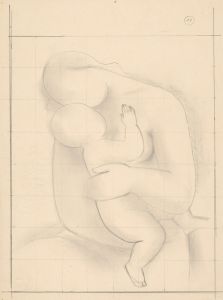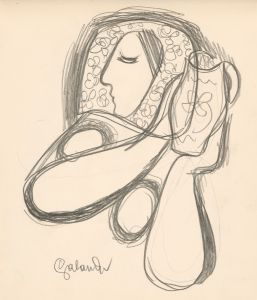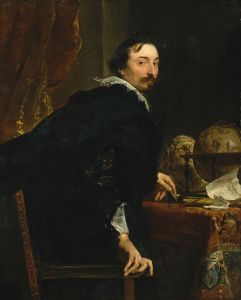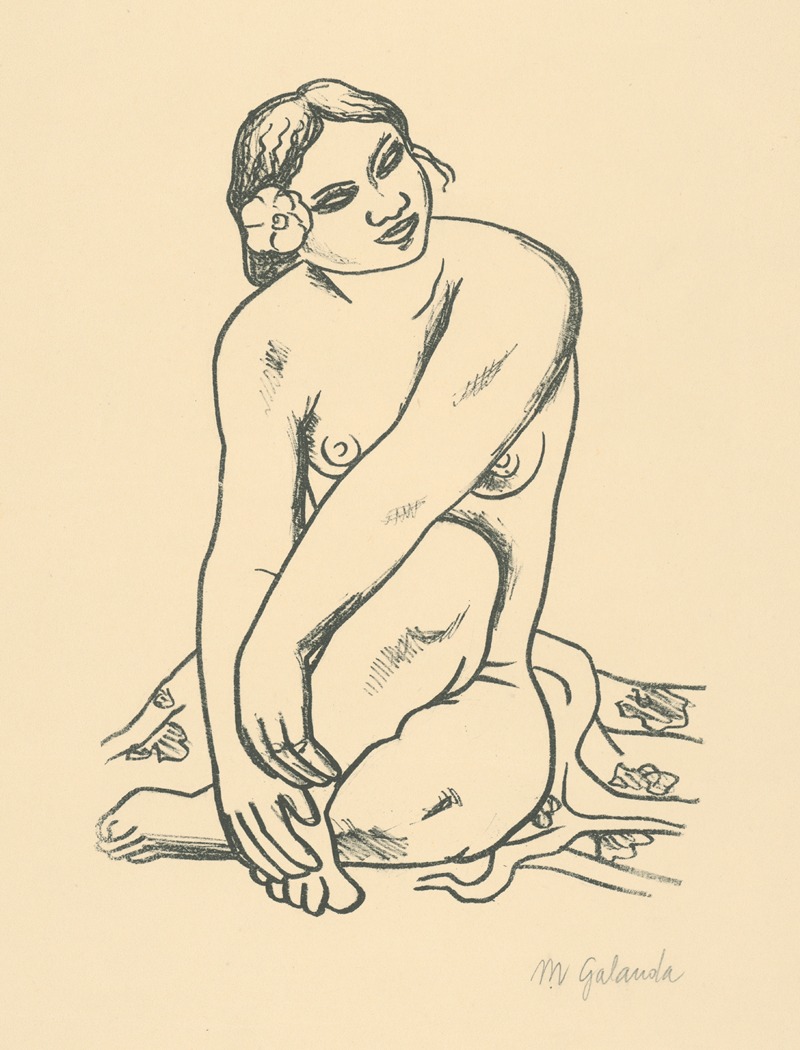
Mulatka
A hand-painted replica of Mikuláš Galanda’s masterpiece Mulatka, meticulously crafted by professional artists to capture the true essence of the original. Each piece is created with museum-quality canvas and rare mineral pigments, carefully painted by experienced artists with delicate brushstrokes and rich, layered colors to perfectly recreate the texture of the original artwork. Unlike machine-printed reproductions, this hand-painted version brings the painting to life, infused with the artist’s emotions and skill in every stroke. Whether for personal collection or home decoration, it instantly elevates the artistic atmosphere of any space.
Mikuláš Galanda was a prominent Slovak painter and graphic artist, known for his significant contributions to modern art in Slovakia during the early 20th century. Born on November 4, 1895, in Turčianske Teplice, Galanda became a leading figure in the development of Slovak modernism. His work is characterized by a unique blend of traditional Slovak themes and modernist techniques, which he used to explore various aspects of human experience and national identity.
One of Galanda's notable works is "Mulatka," a painting that exemplifies his artistic style and thematic interests. Although specific details about the painting "Mulatka" are limited, it is understood to be part of Galanda's exploration of human figures and their emotional expressions. His works often feature simplified forms and a vibrant color palette, which are hallmarks of his modernist approach.
Galanda was a member of the "Generation 1909," a group of Slovak artists who sought to break away from the academic traditions of the time and embrace new artistic movements. This group was instrumental in introducing modernist ideas to Slovak art, and Galanda's work played a crucial role in this cultural shift. His paintings often reflect a synthesis of Cubism, Expressionism, and Fauvism, which he adapted to express his unique vision.
Throughout his career, Galanda was deeply influenced by the social and political changes occurring in Slovakia and Europe. His art often reflects the tensions and aspirations of his time, capturing the spirit of a nation in transition. Galanda's work is noted for its emotional depth and its ability to convey complex human emotions through simple yet powerful imagery.
In addition to his painting, Galanda was also an accomplished graphic artist. He contributed illustrations to various publications and was involved in the design of book covers and posters. His graphic work further demonstrates his versatility and his commitment to integrating art into everyday life.
Galanda's legacy is preserved in several Slovak art institutions, where his works continue to be studied and appreciated for their innovative approach and cultural significance. His contributions to Slovak modernism have made him a key figure in the history of Slovak art, and his influence can be seen in the work of subsequent generations of Slovak artists.
Despite his relatively short life—Galanda passed away on June 5, 1938—his impact on Slovak art remains profound. His ability to blend traditional themes with modernist techniques has left a lasting mark on the cultural landscape of Slovakia. "Mulatka," like many of his works, serves as a testament to his artistic vision and his dedication to exploring the complexities of human identity and expression through art.






